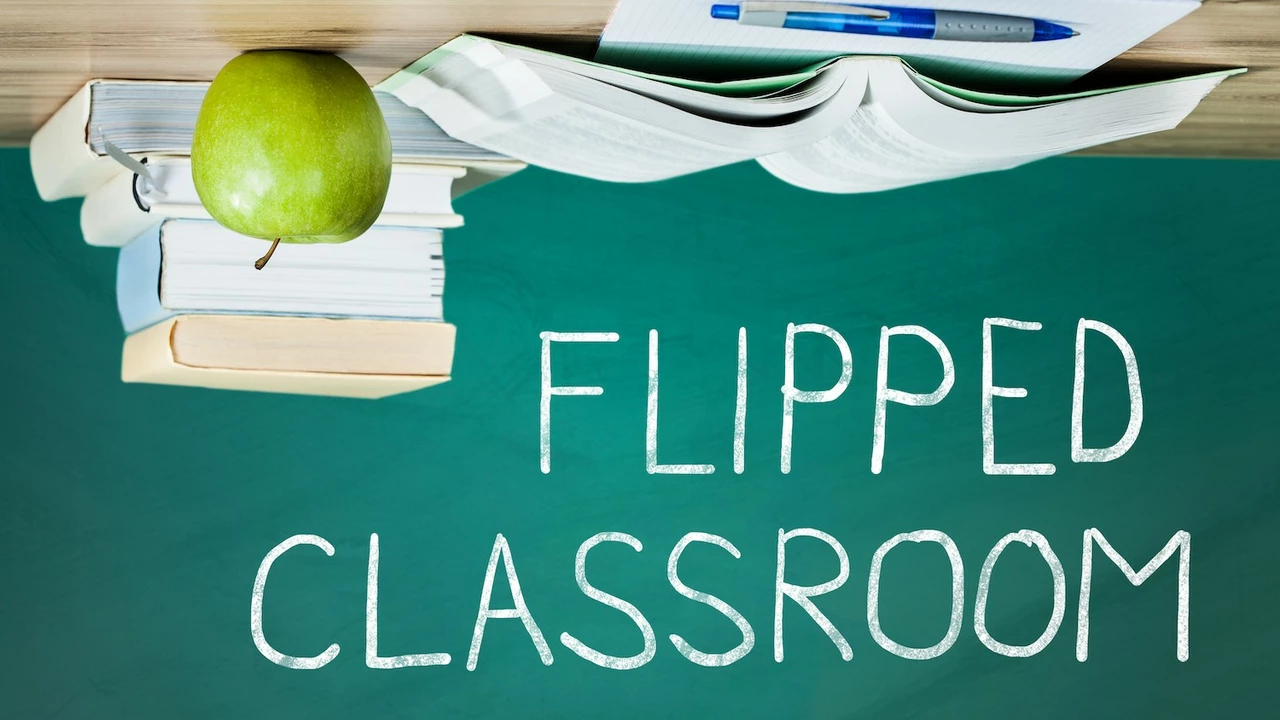Educational Strategies – The Flipped Classroom Model
Ever wondered why students seem bored during lectures? The flipped classroom flips that script. Instead of listening to a teacher talk for an hour, students watch video lessons at home and spend class time solving problems, discussing ideas, and getting hands‑on help. It sounds simple, but the shift can spark real engagement.
How It Works
First, the teacher records short videos or curates existing content covering the day’s topic. Students watch these videos before class, pausing whenever they need a break. In the classroom, the teacher becomes a guide, not a lecturer. Groups tackle case studies, run experiments, or debate real‑world scenarios while the teacher circulates, answering questions and clearing doubts.
The magic happens when students come prepared. They’re no longer passive listeners; they’re active participants. Because they’ve already seen the material, class time feels like a workshop rather than a one‑way broadcast. This model works for any subject—math, history, coding, you name it.
Benefits for Teachers and Students
Teachers get more face‑to‑face time with each learner. Instead of delivering the same lecture to a hundred eyes, they can focus on the few who need extra help. That personal attention often translates into higher scores and lower dropout rates.
Students gain control over their learning pace. If a concept feels tricky, they can rewind the video and watch it again. In class, they practice what they learned, turning theory into skill. Many report higher confidence because they’ve already ‘seen’ the lesson before tackling problems.
Another upside is that homework becomes purposeful. Rather than endless worksheets, students spend a few minutes watching a video—something they can do on a phone or laptop. The real work—discussions, projects, labs—happens when the teacher is right there to help.
If you’re thinking about trying this out, start small. Pick a single topic, record a 5‑minute video, and design one in‑class activity. Test it with one class and gather feedback. You’ll quickly see what works and what needs tweaking.
Remember, the flipped model isn’t a tech gimmick; it’s a teaching mindset. It asks teachers to redesign lessons so students do the heavy lifting in class, not at home. When done right, it turns a dull lecture hall into a dynamic learning lab.
Ready to give it a shot? Grab your phone, hit record, and let your students lead the conversation next time they walk into class.
